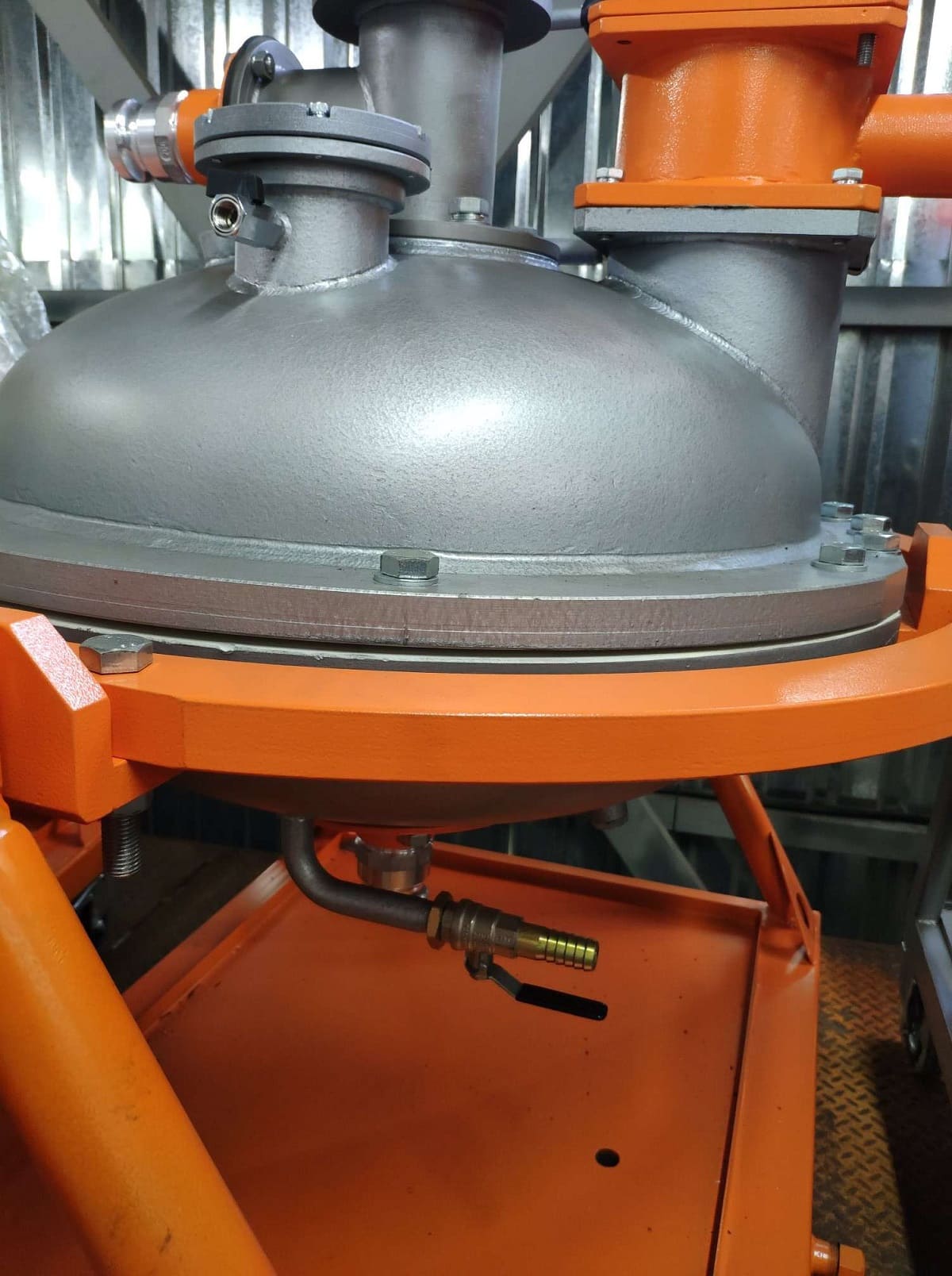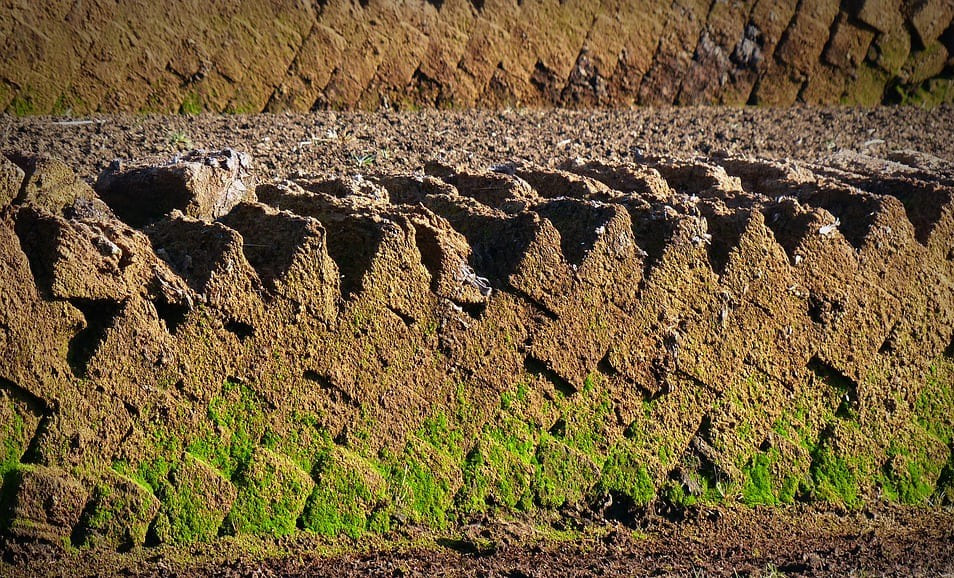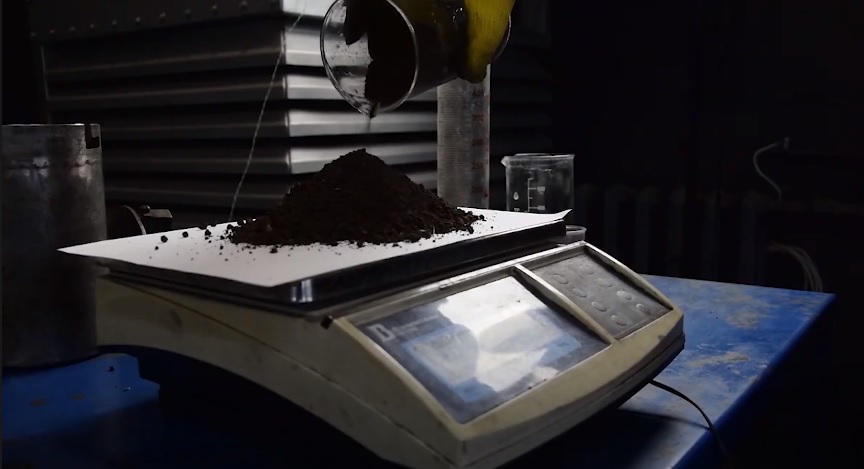Peat gel is a biologically active fertilizer based on humic acids, trace elements, minerals, and nitrogen compounds. It is made from peat. It is a humic preparation that acts as a plant growth catalyst and a soil remediator. It also acts as an immunomodulatory agent for poultry and animals that contributes to boosting their immunity and gaining live weight. It is a homogeneous, highly concentrated suspension which contains 30 beneficial trace elements, organic and mineral substances.
Peat gel application
Peat gel is a universal product in agriculture and livestock breeding which is applied in the following fields:
- Fertilization of soils for restoring the fertility and improving the quality of humus. Peat gel recovers the supply of nutrients in soil contributing to the formation of high-quality humus. It also influences the creation of a good microflora favorable for the growth and development of a plant, increases the soil’s ability to retain moisture, restores acidity, nutrient availability, neutralizes pesticides, radionuclides, heavy metals, and reduces ground toxicity.
- Pre-sowing seed processing for strengthening and increased germination efficiency. After processing with peat gel, the seeds obtain nutrients and boosted immunity, become more resistant to unfavorable factors — drought, ground frost, etc. Thus, they are less vulnerable to diseases, infections; they receive energy for fast and healthy germination. Humic fertilizers comprehensively strengthen plants and contribute to their growth.
- Biologically active supplement for poultry and animal feedstuff. The biologically active product increases the efficiency of nutrient intake by animals and poultry. The peat gel itself contains up to 30% of protein, easily digestible organogenic substances due to which it is distinguished by high nutritional capacity.
In order to ensure that peat gel performs the tasks allotted thereto in a proper manner, the substances it contains should be activated. Therefore, during the peat gel production, it is important to achieve a high degree of grinding the raw stuff to the state of a colloidal solution. The more finely the peat product is ground and the more homogenous its structure is, the more pronounced the effect will be in preparing the soils and seeds, as well as in supplementary feeding of animals and poultry.
Problems of conventional methods of peat extraction and obtaining humic preparations
Peat inherently contains plenty of humic acids, cellulose, bitumens, proteins, lignin, nitrogen, magnesium, potassium, phosphorus, and calcium. These substances are beneficial for increasing the soil fertility, strengthening the living organisms, improving and accelerating the vital processes.
But the natural process of direct transition of these mineral and biologically active components from peat to soil, as well as the intake thereof by plants, animals, and poultry occur for quite a long time. Furthermore, a lot of peat is required which is economically unprofitable.
In order to increase the efficiency of humic fertilizer, peat should be activated, and beneficial substances, minerals should be extracted from that, made available and easy for intake by soil, plants, animals and poultry. For this purpose, the raw stuff is subjected to processing. During the extraction, microbiological substances and mineral elements are released from peat.
Conventional chemical extraction for release of beneficial minerals and substances involves using an alkaline medium and mixing the peat at elevated temperatures. Due to mechanochemical activation and thermolysis, it is possible to obtain the output of humic acids. But this activation method is distinguished by disadvantages:
- heterogeneous, fuzzy structure of peat gel which makes it not so effective and convenient to use;
- not the best indicators of peat activation; therefore, the raw stuff potential is not revealed to the full extent;
- partial destruction of the natural structure of humic preparations obtained by chemical extraction;
- high cost of equipment and considerable expenses for operation thereof due to the use of mixers, heat exchangers;
- complexity and multistage nature of the product manufacturing process, as well as the use of many alkalis.
The technology that does not involve the use of alkaline extraction helps to solve these problems associated with chemical activation of peat and obtaining the peat gel. It features grinding and mixing the peat with water using an electromagnetic field. The technology is implemented in GlobeCore vortex layer device (AVS).
Special aspects of peat gel production by means of a vortex layer device

The process of peat gel production involves producing the highly concentrated colloidal solutions which are then used as growth stimulants, soil fertilizers, and supplements to animal feedstuff. The baseline stage for release of active substances in a humic preparation is dispersion and mixing.
Globecore AVS device is innovative equipment for grinding and mixing processes. The unit constitutes a device with an operating chamber inside which ferromagnetic particles rotate at a high speed when driven by an electromagnetic field which is created by an inductor. They generate a vortex layer for grinding and mixing the product. This medium is perfect for preparing the peat gel.
The water is added when grinding the peat for preparing the peat gel. The raw stuff is subjected to several processes at a time which include:
- dispersion;
- mixing;
- electromagnetic processing;
- electrolysis;
- local pressure;
- acoustic vibrations.
Under these conditions, the bulk of peat in the water is ground to particles of less than 15 microns. As a comparison, in the event of electrohydraulic peat processing which is also innovative, we obtain particles of less than 250 microns — the effectiveness of such hydrogel is lower. Owing to more efficient grinding, the peat gel becomes active, and the nutrients and minerals contained therein become available for intake.
At the outlet, we obtain a homogeneous suspension with a high content of microelements, nutrients contained in peat. The proportion of organic water-soluble substances increases up to 7 times. The amount of soluble MH nitrogen compounds increases drastically, and if the product is properly stored, it goes up over the next several days due to a bacterial explosion. It turns out that peat gel activation continues even upon completion of processing.
Due to high-quality grinding and simultaneous homogenization, a homogeneous mass is formed from peat without impurities, fuzz, residues of solid, fibrous particles, and the proportion of active substances here is several times higher than that in the event of conventional extraction.
Advantages of a vortex layer device in peat gel production
Innovative equipment for peat gel production with the use of a vortex layer allows solving the problems of conventional methods of its production and obtaining a higher quality product compared to other innovative technologies. As a result, we obtain an active substance with a high concentration of beneficial microelements, humic, fulvic acids to be used in agriculture, livestock breeding, and arable farming.
Experiment on obtaining peat gel in a vortex layer device
Advantages of peat gel production by means of AVS:
- High capacity. Depending on the model AVS-100 or AVS-150, the maximum capacity of the device in peat gel production is from 5 to 15 cubic m/h.
- Cost-effectiveness. Depending on the model, the power consumption of the equipment ranges from 4.5 to 9.5 kW which allows making a product at lower costs than in a conventional case where heat exchangers and mixers are engaged separately.
- High-quality raw stuff. The equipment allows obtaining a homogeneous substance with a high degree of dispersion. It eliminates impurities and fuzz that impede the technological processes while using the product in arable farming and agriculture.
- Ease and convenience of use. AVS is distinguished by compact dimensions — less than one and half meters high and a little more than that in width. It does not require a special pedestal for installation. It is very easy to maintain and control.
- Reliability and durability. A balanced system without complex components and assemblies is subject to minimum wear when in operation. It has no vulnerable, weak points, and technological processes run sparingly.
Therefore, AVS allows producing high-quality peat gel by reducing the workload on the process line. An integrated effect on the raw stuff inside the operating chamber guarantees obtaining a homogeneous humic preparation with high concentrations of beneficial water-soluble substances and microelements.


